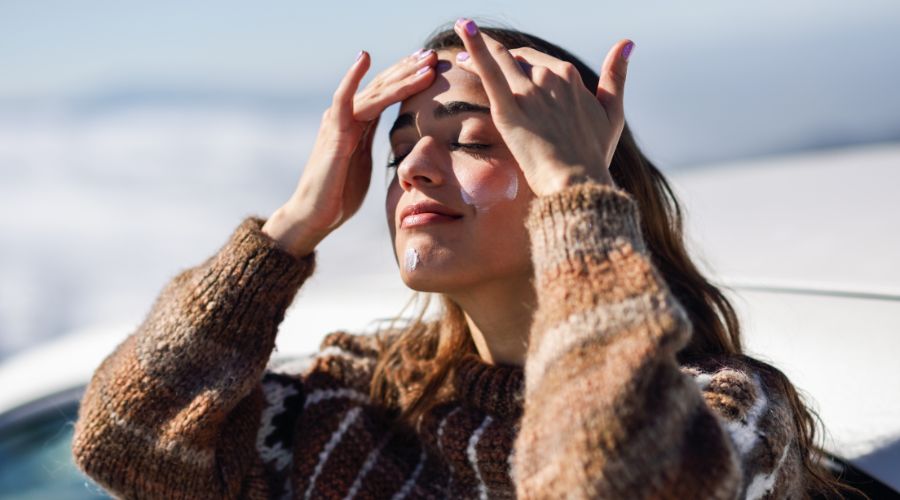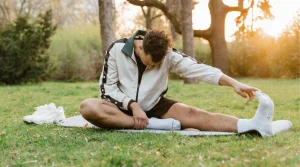As we age, our bodies undergo a variety of changes, and our skin is no exception. Over time, the skin becomes thinner, less elastic, and more susceptible to damage. Understanding the aging process can help you take proactive steps to maintain a healthy and youthful complexion.
The Effects of Aging on Skin
- Thinning Skin: The epidermis, the outermost layer of the skin, becomes thinner with age, making it more fragile and prone to injury.
- Loss of Elasticity: Collagen and elastin, the proteins that give the skin its structure and elasticity, decrease over time, leading to sagging skin and wrinkles.
- Dryness: The skin’s natural oil production slows down as we age, resulting in dryness and flakiness.
- Age Spots: Sun exposure can lead to the development of age spots, which are flat, brown spots on the skin.
- Fine Lines and Wrinkles: The loss of collagen and elastin, combined with sun damage, can contribute to the formation of fine lines and wrinkles.
- Decreased Skin Thickness: The dermis, the layer of skin beneath the epidermis, also thins with age, making the skin less resilient.
Factors That Contribute to Aging Skin
- Genetics: Your genetic makeup plays a significant role in how your skin ages.
- Sun Exposure: Excessive sun exposure is a major contributor to premature aging, causing wrinkles, age spots, and skin cancer.
- Smoking: Smoking damages the skin and accelerates the aging process.
- Lifestyle Factors: Poor diet, lack of sleep, and stress can also negatively impact skin health.
Tips for Maintaining Healthy Skin


- Protect Your Skin from the Sun: Wear sunscreen with a broad-spectrum SPF of 30 or higher every day, even on cloudy days.
- Moisturize Regularly: Keep your skin hydrated by using a daily moisturizer that suits your skin type.
- Eat a Healthy Diet: A diet rich in antioxidants and nutrients can help promote healthy skin.
- Quit Smoking: Smoking damages the skin and accelerates aging.
- Manage Stress: Stress can contribute to premature aging. Find healthy ways to manage stress, such as exercise, meditation, or yoga.
- Get Enough Sleep: Adequate sleep is essential for overall health and can help maintain a youthful complexion.
Professional Skin Care Treatments
In addition to home care, professional skin care treatments can help address the signs of aging. Our team at [Your Practice Name] offers a variety of treatments, including:
- Chemical Peels: Chemical peels can help to exfoliate the skin, improve texture, and reduce the appearance of fine lines and wrinkles.
- Laser Resurfacing: Laser resurfacing can help to reduce wrinkles, improve skin tone, and treat age spots.
- Injectables: Fillers and neuromodulators can be used to address wrinkles and facial volume loss.
Schedule a Consultation
To learn more about the aging process and the best skin care solutions for you, schedule a consultation with our experienced skincare professionals at [Your Practice Name]. We can provide personalized recommendations to help you maintain healthy, youthful-looking skin.







